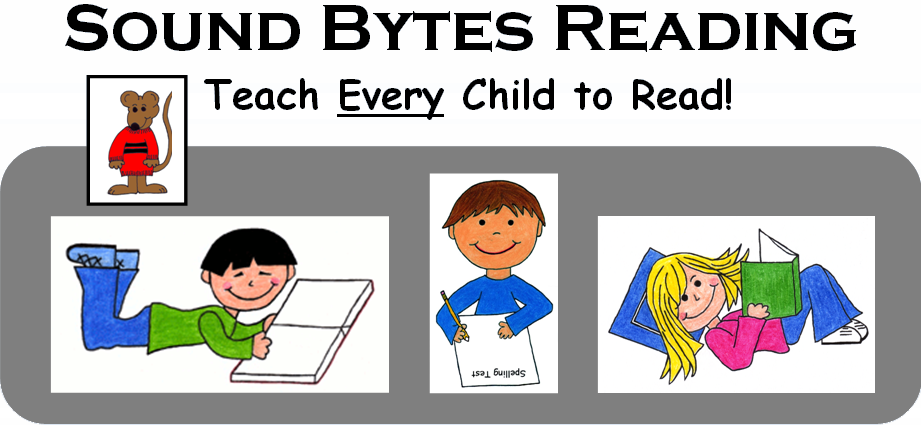Learning to Write – Teaching Grammar - Adverbs

Grammar is simply putting words together in sentences so that they make sense in our language. In English we write, “The green frog jumped.” In another language the order of words may be different so that a literal word by word translation might be, “The frog green jumped.”
Do we want to improve student writing? When students understand how to use basic grammar they will be able to write more effectively. We have talked about verbs, nouns and adjectives in previous blogs, so today we will discuss adverbs very briefly.
Adverbs “add” to other words. They tell you more about a verb, an adjective or another adverb. Adverbs tell how, when, where or how much. Adverbs often end in “-ly.”
1. Define: Adverbs “add” to other words. They tell you more about them. Adverbs tell how, when, where and how much. They can tell you more about a verb, an adjective or another adverb. They often end in -ly. Example: “The boy yelled loudly.”
2. Give examples of adverbs in sentences.
3. Ask students to tell you what an adverb does—and to help you find adverbs in sentences.
4. Practice writing together. Write some simple sentences. Add adverbs to your sentences to tell when, where or how something happened.
5. Ask students to work independently to add adverbs to some simple sentences of their own. Identify each kind of word (noun, verb, article, etc.) in the sentence.

An adverb is a word that modifies a verb, an adjective, or another adverb such as: “happily,” “very,” or “joyfully”. Look at the example above. How did the snow fall? It fell “silently”. “Silently” is the adverb in this sentence. Adverbs answer questions about where, when, and how something happened.
